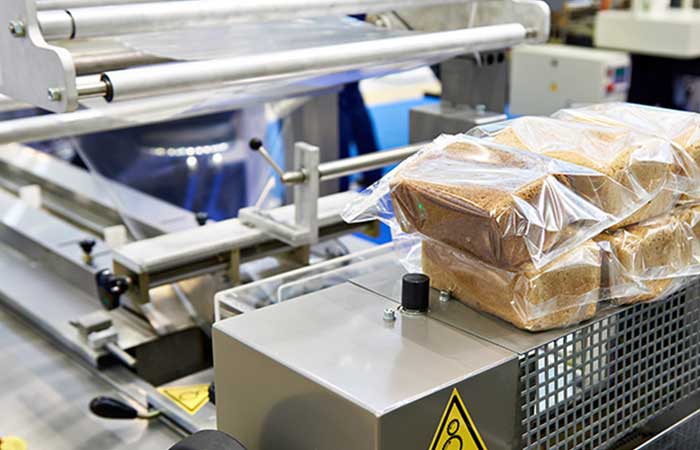Exploring Golgi Apparatus: The Protein Packaging Powerhouse
Exploring Golgi Apparatus: The Protein Packaging Powerhouse
Have you ever wondered about the intricate system of flattened sacs nestled within your cells that work tirelessly to modify and package proteins for their precise functions? Welcome to the fascinating realm of the Golgi Apparatus!
The Golgi Apparatus, often referred to as the Golgi Complex or Golgi Body, is a key organelle in eukaryotic cells responsible for processing, modifying, and sorting proteins and lipids synthesized by the endoplasmic reticulum. Let’s delve deeper into the inner workings of this protein packaging powerhouse.
Structure-wise, the Golgi Apparatus consists of a series of flattened, membrane-bound sacs called cisternae. These cisternae are stacked upon each other, resembling a pile of pancakes or a set of flattened balloons. This unique structure allows for the orderly processing and packaging of proteins as they travel through the different compartments of the Golgi complex.
Within the Golgi Apparatus, proteins undergo a series of modifications crucial for their proper functioning. These modifications include glycosylation, where sugar molecules are added to proteins to form glycoproteins, as well as proteolytic processing, where proteins are trimmed to their final functional state. Such modifications are essential for the correct folding, targeting, and activity of proteins within the cell.
One of the most fascinating aspects of the Golgi Apparatus is its role in protein trafficking and sorting. Proteins arriving at the Golgi complex go through distinct compartments, each with specific enzymes and factors dedicated to different processing steps. This precise sorting ensures that proteins are packaged into vesicles and sent to their designated cellular destinations, whether it be within the cell itself or beyond.
Furthermore, the Golgi Apparatus plays a vital role in the secretion of proteins outside the cell. Once proteins are processed and packaged within the Golgi complex, they are enclosed in vesicles that bud off from the trans-Golgi network. These vesicles then move towards the cell membrane, where they fuse and release their contents into the extracellular space, contributing to essential cellular functions like cell communication and signaling.
In conclusion, the Golgi Apparatus stands as a central hub for protein modification and packaging within eukaryotic cells. Its well-organized structure and intricate processes ensure the accurate processing and sorting of proteins, enabling them to carry out their diverse functions in the bustling world of cellular activities. So, the next time you marvel at the complexity of cellular functions, remember the unsung hero – the Golgi Apparatus!
-
01
Automatic Tray Loading and Packaging Equipment: Boost Efficiency to 160 Bags/Minute
21-11-2025 -
02
Automatic Soap Packaging Machine: Boost Productivity with 99% Qualification Rate
21-11-2025 -
03
A Deep Dive into Automatic Toast Processing and Packaging System
18-11-2025 -
04
The Future of Bakery Production: Automated Toast Processing and Packaging System
18-11-2025 -
05
Reliable Food Packaging Solutions with China Bread, Candy, and Biscuit Machines
11-10-2025 -
06
High-Performance Automated Food Packaging Equipment for Modern Production
11-10-2025 -
07
Reliable Pillow Packing Machines for Efficient Packaging Operations
11-10-2025 -
08
Advanced Fully Automatic Packaging Solutions for Efficient Production
11-10-2025 -
09
Efficient Automatic Food Packaging Solutions for Modern Production
11-10-2025 -
10
Advanced Automatic Packaging Equipment for Efficient Production
11-10-2025
















